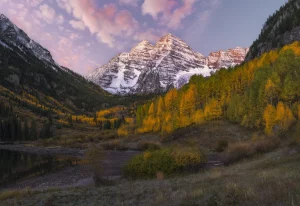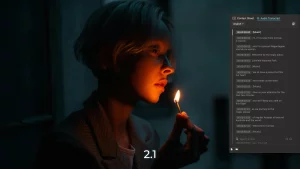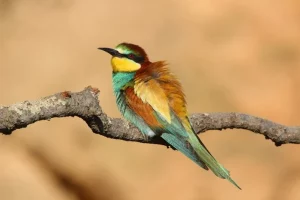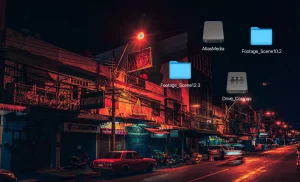Historically, architectural photography has been characterized by a desire to “faithfully” or “objectively” represent a building.
Award-winning minimalist photographer Ash Camas’ approach is quite different. Ash offers us an interpretation rather than a simple translation of the spaces she chooses to capture with her camera.
We invite you to discover her spatial and photographic universe with us.
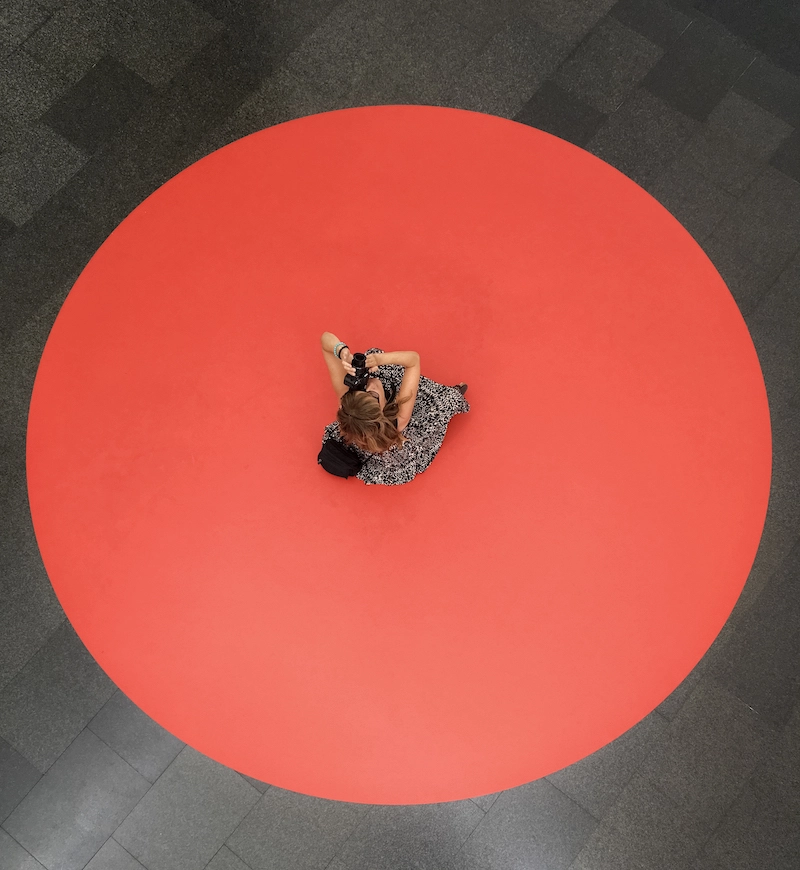
Ash, you are a photographer of architecture, contemporary architecture in particular. How did you become a photographer and choose architecture as your subject?
I am always fascinated by abstract art and artists who create these amazing paintings with various geometrical shapes and colors. After I got my first smartphone with a camera, I started taking pictures of urban art and created an Instagram account. Later I decided to get a camera since the quality of images taken with my smartphone became less and less satisfactory for me. I can say that my life as a photographer began with Instagram almost a decade ago.
While I was taking street art photos, I started to pay more attention to the built environment and notice unique abstract elements, textures, geometric shapes and colors. Then I began taking architectural photos and documenting them on Instagram. Although I am still a big fan of urban arts, I focus mainly on architectural and minimalistic photography now.
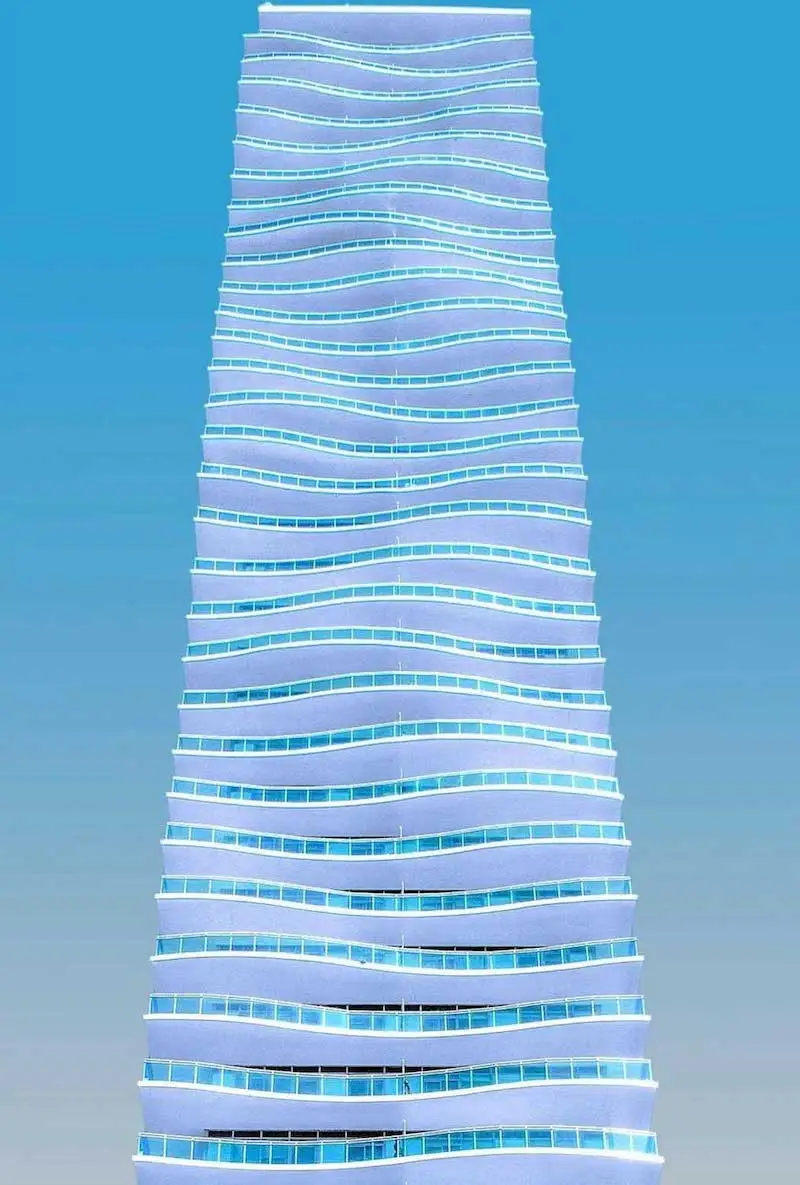
Your photos have been taken all over the world. How do you choose your "subjects"? How do you select the buildings you will photograph?

Through your photos, is there a message you wish to convey?
I don’t have a message to convey on my photos on purpose. I love showing what I see and revealing hidden gems. Architecture is a visual art that utilizes the philosophy of aesthetics in its process of creation. Through my visual interpretation of the structure, I suppose I’m just showing that art of architecture is everywhere and it deserves appreciation by everyone even if we live, shop, or work in them.
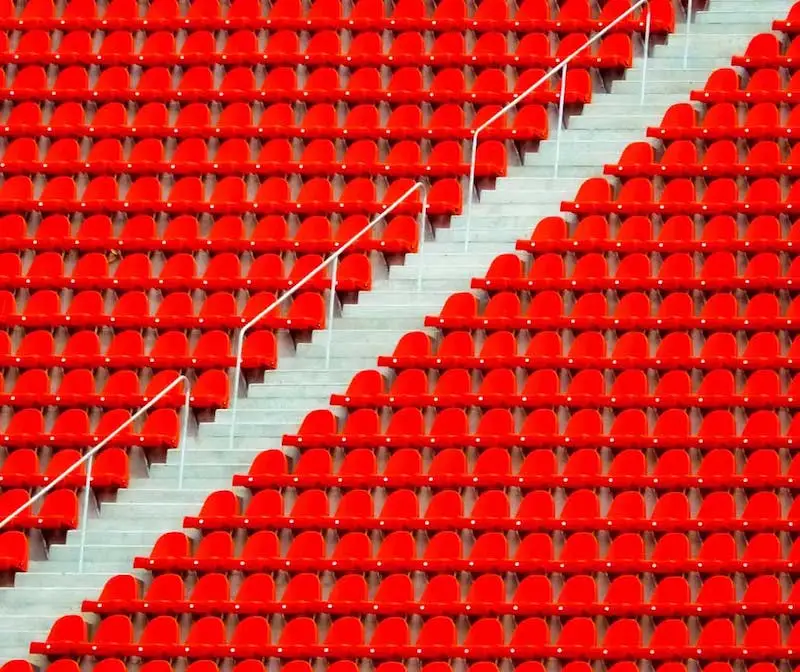
The architectural photographer is confronted with the difficulty of translating into a single shot a space that should be apprehended during a journey.... What is your approach to make this exercise possible?
When I find something interesting to photograph, I first look at it as a whole and work my way around it to find unique angles, patterns and perspectives. If the overall structure is visually appealing, I take some photos of the whole building and sometimes I add a human figure, sometimes a passerby or sometimes a friend. This allows the viewer an understanding of the scale of the subject.
If I can’t manage to create an artistic image with the whole architecture, I look for a fragment of the entire building that has some interesting artistic appeal.
For me to take a capture of that fragment there has to be some vivid colors, shadows, lines, geometric patterns, etc. Once I find it, I try to create a two-dimensional minimal abstract art out of that whole building. I make sure my composition is very simple without any clutter and framed without having to crop too much. The minimalist shots, in a way I show a different viewpoint of the same building that you may already be familiar with.
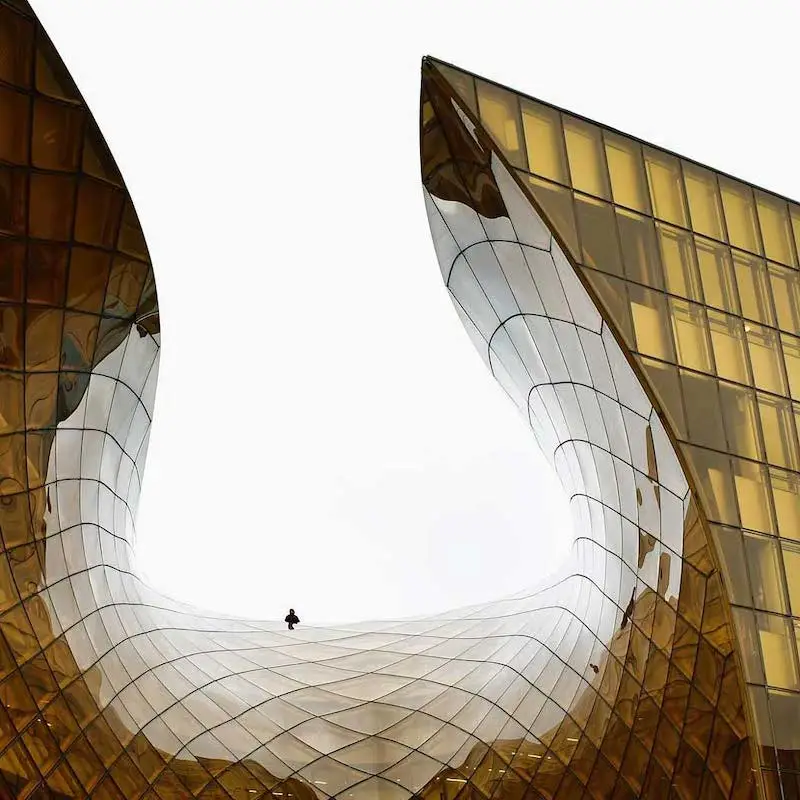
"Architecture is the learned, correct and magnificent play of volumes assembled under the light" according to Le Corbusier. How do you make light and color your allies in giving the viewer keys to the space you photograph? Do you have a particular methodology to share?
Do you like Ash's interview?
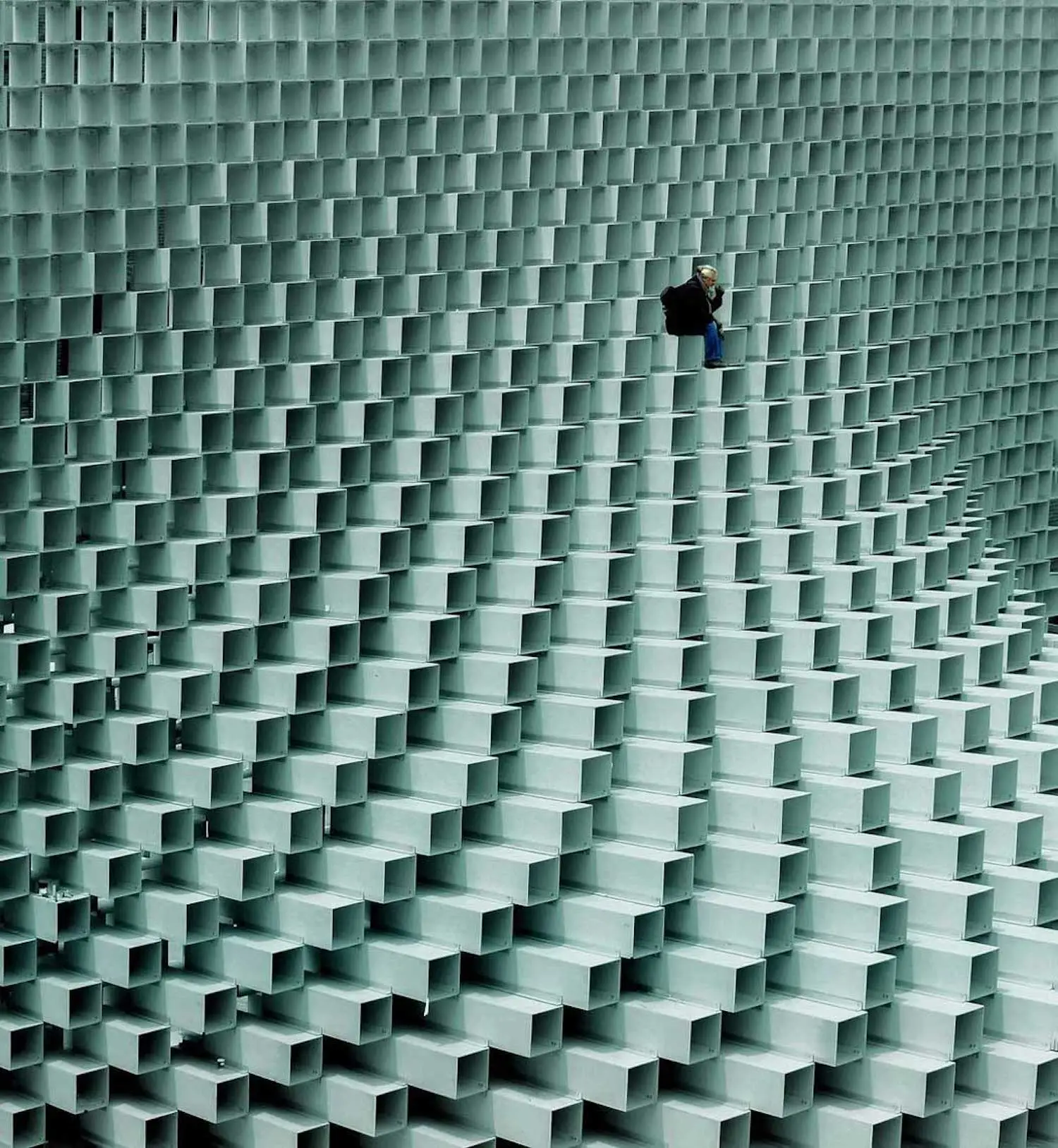
If I take a photo in my hometown, I always go back over and over again and take different shots. But when I travel, it is pure luck. I generally don’t have enough time to visit the area again. Unfortunately, that forces me to work with the images I took under one lighting condition, but I try to capture as many images as possible using different POVs, different focal lengths and different shutter/aperture settings. Photoshop becomes a very handy tool for post-processing to compensate for better light/shadow and various other image adjustments in those kinds of situations.
I should also mention that I find harsh lighting compliments the vivid color schemes that I use. I prefer when the colors are bright and pop out. Softer lighting has no such impact. It washes out the colors.
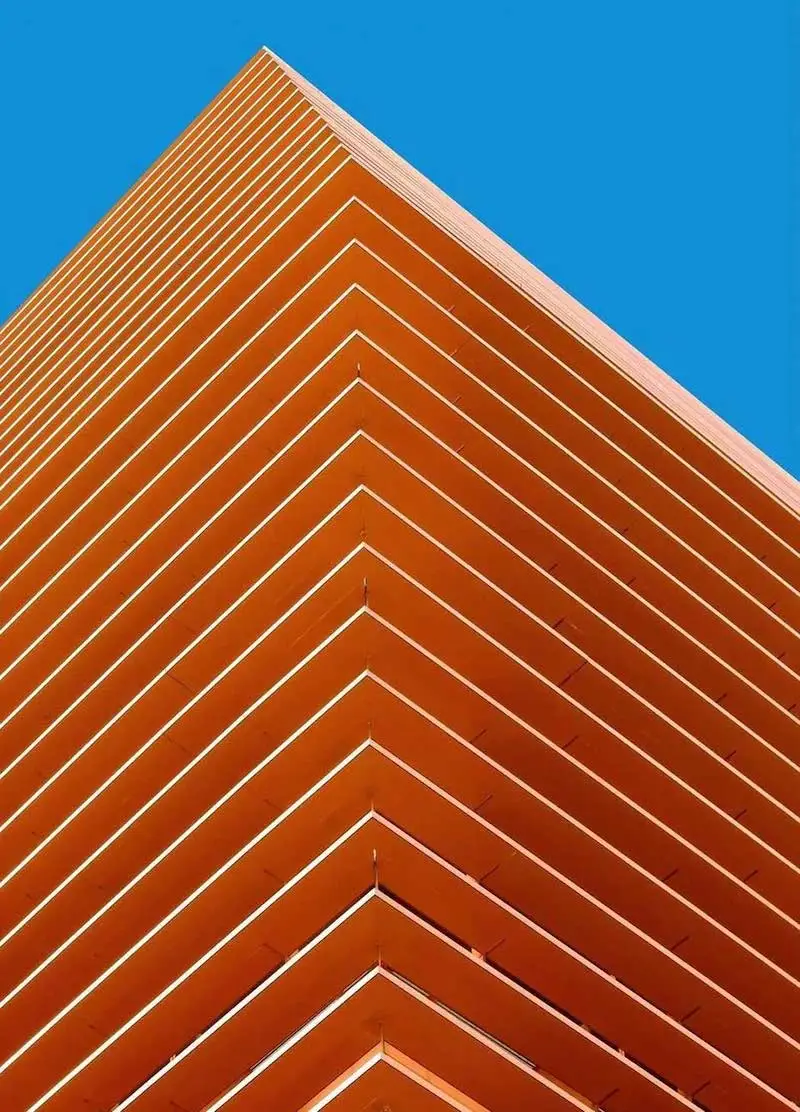
Our community wanted to ask you what your lens preferences? And if you use tilt lenses?
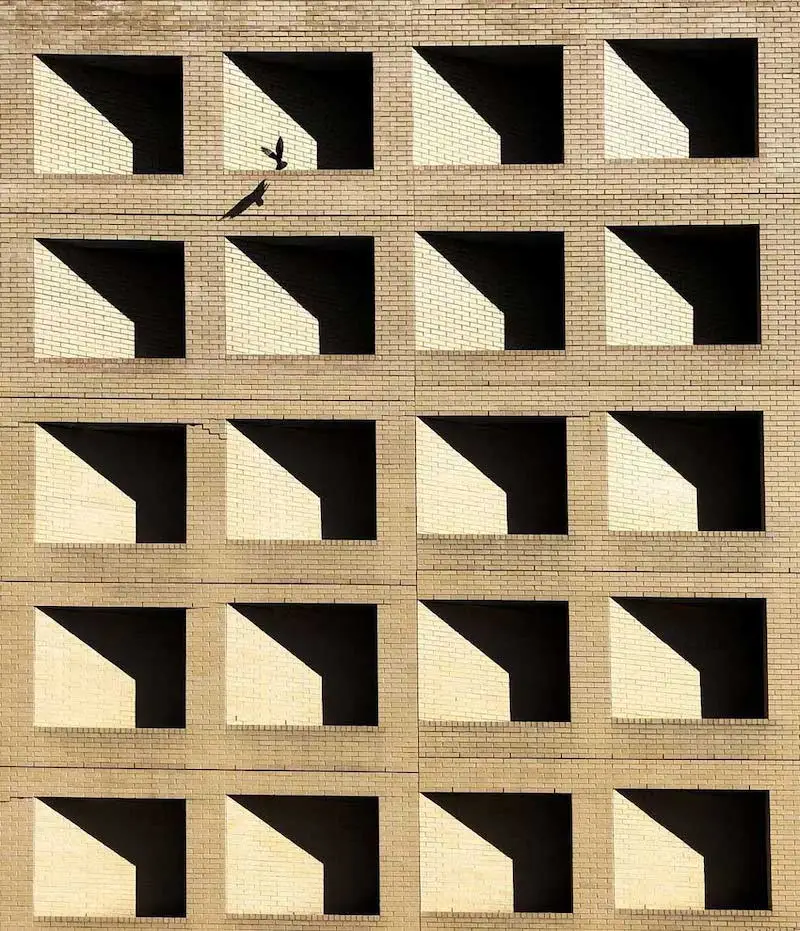
Which editing software are you using?
I use Photoshop to process my raw images. First, I do some color correction and lens/perspective correction and then usually declutter the image by removing some distracting elements. I also play with contrast, brightness and hues to try to make the image visually more attractive to the viewer’s eyes.
Could you share with us some difficulties you have encountered during a photographic project?
Not all architectural gems are publicly accessible and require permission from the property owner/manager to take photos in advance. In addition, some cities have strict rules against photographing certain office buildings. You generally need permission from security guards to take a photo, even from outside.
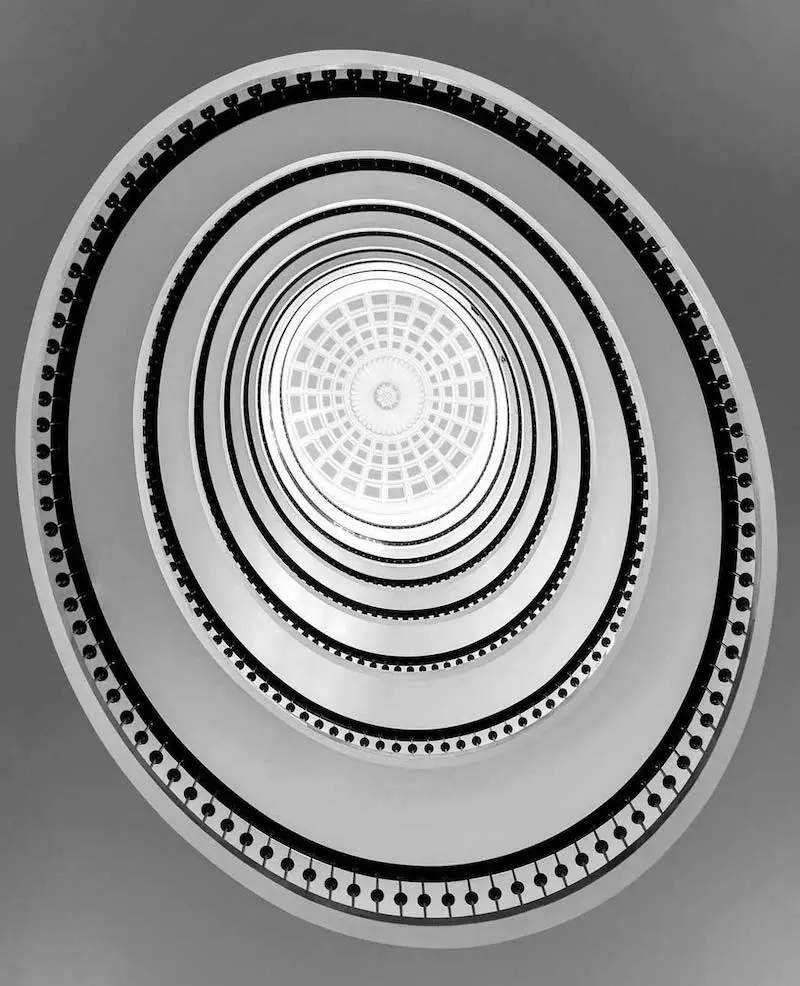
What are your sources of photographic influence?
Much of my inspiration comes from traveling and exploring new surroundings. I’m also inspired by abstract art. I also get inspiration by following various photographers on social media. They each teach me to look at things differently.
Does this interview inspire you?
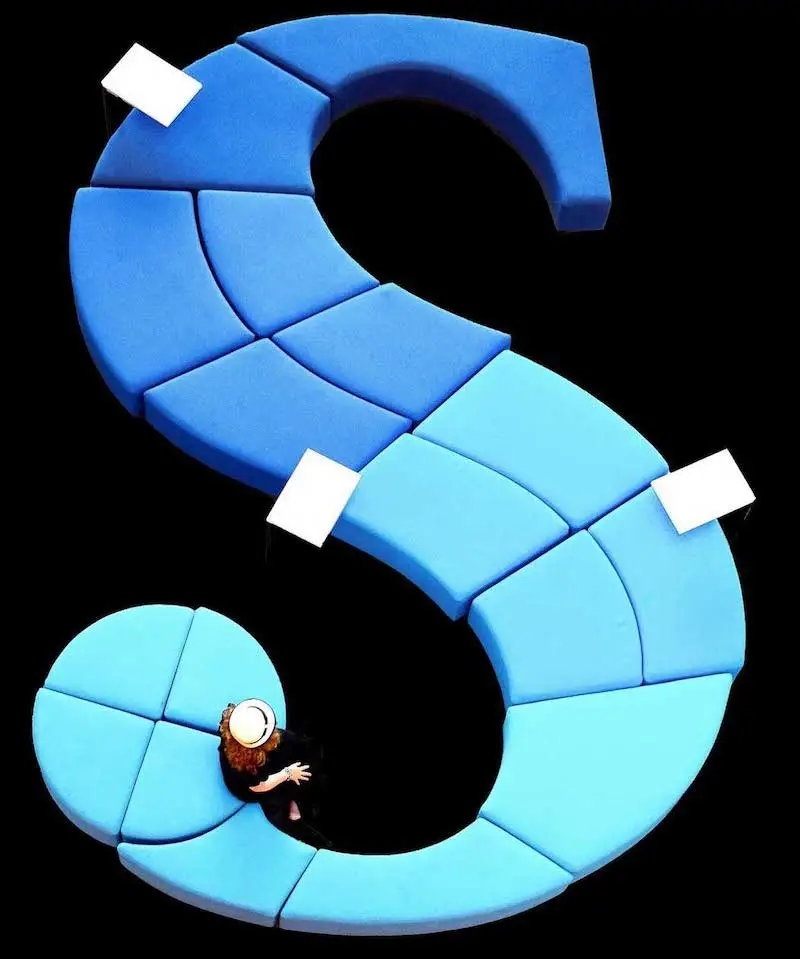
Getting known as a freelance photographer is not easy. What has worked best for you?
It takes time to get recognized and not easy for those who just get into the world of photographic art. It is important to join a social media group of professional photographers who have a lot of experience and provide you honest feedback so that you can continuously improve yourself. Getting constructive feedback from others has always been helpful.
Any advice for a young photographer who would like to get started?
Take lots of photographs, see lots of images, know your camera well, spend time looking for perfect objects, learn how to use the photo editing tool and never give up.
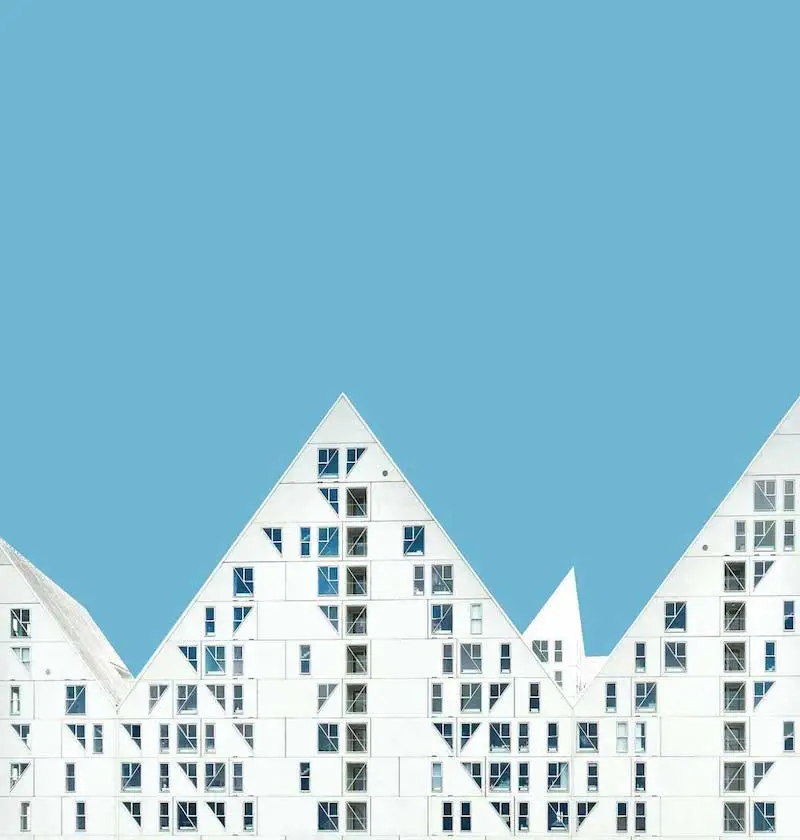
Extend this moment with Ash Camas by following her on Instagram.
Photo credit : © Ash Camas




